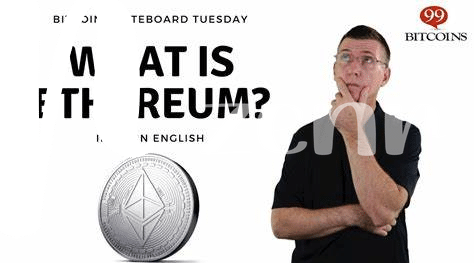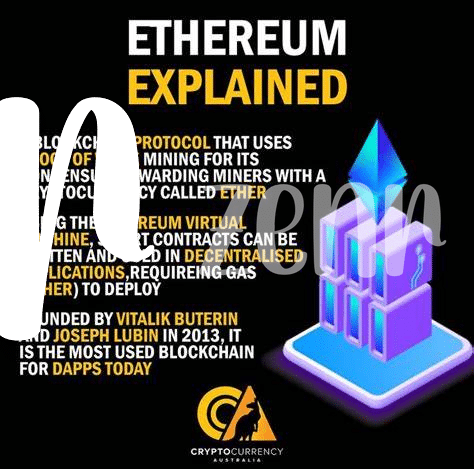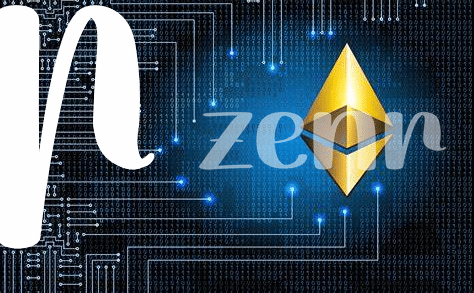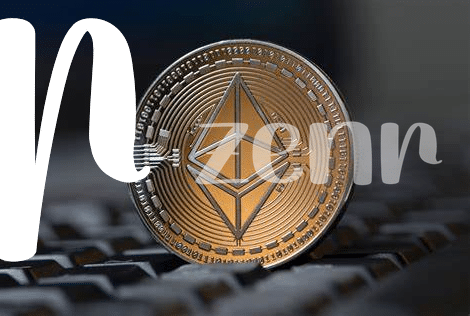🧐 What Is Eth, Anyway?

Imagine stumbling upon a special character in the alphabet that seems both familiar and strange. That’s Eth for you – a letter used in Old English that looks a bit like a “d” with a cross mark through its straight line. It sounds like the “th” in “this” or “that,” which is quite handy, but it’s not something you’d find in our modern English alphabet today. Eth was a star in its day, helping people spell words more precisely by distinguishing the sounds that today’s “th” has to do double duty for.
Now, let’s dive a bit deeper into where Eth fit in the grand scheme of things. Old English, where Eth hailed from, was a rich linguistic tapestry with more letters than we use today. Eth was like the cool cousin of “thorn” another “th”-sounding letter you might have heard of. But Eth had its own vibe, its own role in the stories and documents crafted by people centuries ago.
| Character | Name | Pronunciation | Usage Period |
|---|---|---|---|
| Ð, ð | Eth | “th” as in “this” | Old English, Middle English |
Understanding Eth takes us back to a time when English was a mosaic of sounds and symbols, much richer and more complex than we might assume. As we journey through the story of Eth, it’s like unearthing a hidden part of our linguistic heritage, one that whispers the tales of our ancestors and their wordsmithing prowess.
📜 a Look Back: the Origins of Eth
Once upon a time, in the days of yore, there was a special character known as Eth. This wasn’t your everyday letter like ‘A’ or ‘B’. Oh no, Eth was unique, a symbol that looked somewhat like a ‘D’ with a cross through it. It had a magical sound too, used to vocalize a soft ‘th’ as in ‘that’ or ‘the’. Imagine, back then, people were using Eth to write and speak, adding a little spice to their language. Its roots stretch back to the Old English and Old Norse languages, a time when tales were told by the fireside and epics were penned by candlelight. Eth was a star in these ancient alphabets, playing a vital role in the linguistic tapestry of the time. It connected communities, carrying tales of heroes and beasts from one village to another. But Eth wasn’t just stuck in Old English; it had cousins across the sea in Iceland and even made appearances in documents throughout medieval Europe. It’s as if Eth had its own life, traveling, and evolving, touching hearts and tongues across cold Northern landscapes. Fascinatingly, for reasons we’ll explore later, this character started to fade from memory, sliding into the shadows of linguistic history. However, it’s still remembered and occasionally spotted, a reminder of the rich tapestry of human communication.
🌍 Eth Around the World: Usage and Variations

Eth, often resembling a thorn in its visual form, was much like a secret traveler, moving across different cultures and alphabets. Picture this: long ago, people from chilly Northern Europe to the misty isles of Britain would jot down their thoughts, weaving Eth into their stories and laws. It added a special twang to their words, making “this” sound like “þis,” a little touch that connected communities spread far and wide. Yet, as you leap from one region to another, Eth would wear new cloaks, slightly altering its sound based on local tongues. It was a chameleon, adapting, but always maintaining its essence.
However, Eth’s journey was no smooth sail; it encountered waves of change as languages evolved. In some places, like Iceland, Eth found a cozy home, cherished and used even now, standing tall amongst letters as a symbol of linguistic heritage. But in others, it became a ghost of the past, a whispered legend. People started leaning towards simpler, more uniform ways of writing, often adopting letters that were a tad easier on the pen. The variations of Eth, as diverse as the landscapes it traversed, reflect a mosaic of human culture. Its sporadic presence in modern texts, from scholarly works to fantasy novels, is a nod to its enduring legacy and the mystery of its voyage through time.
🔍 Solving the Mystery: Why Did Eth Disappear?

Delving into why Eth, once a staple in the script of English and other languages, gradually disappeared from daily use opens up a fascinating chapter of linguistic evolution. Picture a world where Eth meshed seamlessly into stories, documents, and signage, a character as common as any letter we use today. Its vanishing act wasn’t sudden but a gradual fading away, eclipsed by the shifting sands of linguistic preferences and technological advancements. As the printing press began to dominate the production of written texts, the simpler “d” took precedence due to typographical constraints and its ease of use in the myriad of fonts that became prevalent. Moreover, the oral tradition started leaning away from the distinct sounds Eth represented, favoring a linguistic economy that naturally phases out less common elements for simplicity and efficiency.
In tandem with these shifts, the digital age brought about a revolution in how we perceive and utilize language. The inception of online communication and content creation platforms heralded a new era of linguistic simplicity and global understanding. For those intrigued by how language and technology intersect, especially in the realm of digital currencies, the litecoin cryptocurrency comparison offers an insightful perspective on evolving communication modes. Though Eth’s physical form has all but disappeared, its spirit lingers in the depths of linguistic studies, reminding us of the transient nature of language and the ceaseless flow of change that shapes our means of expression. Whether Eth’s characteristics will ever reemerge in some new guise remains a speculative curiosity, a testament to the endless possibilities inherent in the evolution of communication.
🎭 Eth in Pop Culture and Literature Today
Eth, a character from the pages of history, creeps into today’s pop culture and literature in intriguing ways. Though not front and center, it appears as a secret handshake among linguists, fantasy writers, and enthusiasts of ancient scripts. Novels set in times long gone or in lands that challenge reality often sprinkle Eth into dialogues or names, giving a touch of authenticity and a whisper of mystery. It’s almost like a wink from the author, acknowledging those in the know. In movies and video games set in the Viking era or exploring the intricate depths of Old English folklore, Eth makes cameo appearances, lending credibility and an air of ancient mystique. This subtle inclusion connects the past with the present, inviting audiences and readers on a journey through time. Here’s a glimpse at how Eth is being kept alive in the realms of imagination:
| Medium | Examples |
|---|---|
| Fantasy Novels | “The Door into Fire” by Diane Duane, “The Waystone Inn” series |
| Movies/TV Shows | “The Last Kingdom”, “Vikings” |
| Video Games | “Skyrim”, where the language of the dragons incorporates Eth |
This comeback, even if modest, shows the timeless allure of Eth, proving that some tales, and the symbols within them, never truly fade away.
💡 Could Eth Make a Comeback? Future Possibilities

Imagine a world where the twists and turns of language evolution bring back treasures from the past, like the curious character Eth. This old friend, once a staple in English and other languages, vanished as the tides of linguistic change swept through. Yet, in today’s digital era, where emojis and internet slang rapidly become lexicons of their own, could there be room for Eth to make its mark once again? The idea isn’t as far-fetched as it might seem. With an increasing appreciation for linguistic diversity and history, enthusiasts and scholars alike are starting to stir a conversation around reviving ancient characters. Eth, with its distinctive sound and visual appeal, could offer a unique blend of historical richness and modern flair. Besides academic interests, there’s a growing trend in pop culture that leans towards the exotic and the historical, providing a perfect backdrop for Eth’s resurgence. This movement isn’t just confined to the realms of academia or literature; it spans across various forms of media and online spaces too. As conversations about linguistic inclusivity and preservation gain momentum, it paves the way for Eth’s potential role in this modern narrative. Just as we’re seeing with the renewed interest in learning ancient languages and scripts, Eth’s comeback could enrich our digital communication, adding layers of meaning and connection that transcend time. For those who are curious about the evolution of language and its symbols, diving into the fascinating world of Eth can offer insights and surprises. If you’re new to this journey, a good starting point is understanding the foundational elements of digital currency, such as Ethereum, which shares a spirit of innovation much like our linguistic expedition. Check out a beginners guide to ethereum for a glimpse into how the digital and the historical can intertwine in intriguing ways. Through this exploration, Eth’s future possibilities unfold, suggesting that its revival might not only be possible but could also add a rich layer of diversity to our global tapestry of communication.
